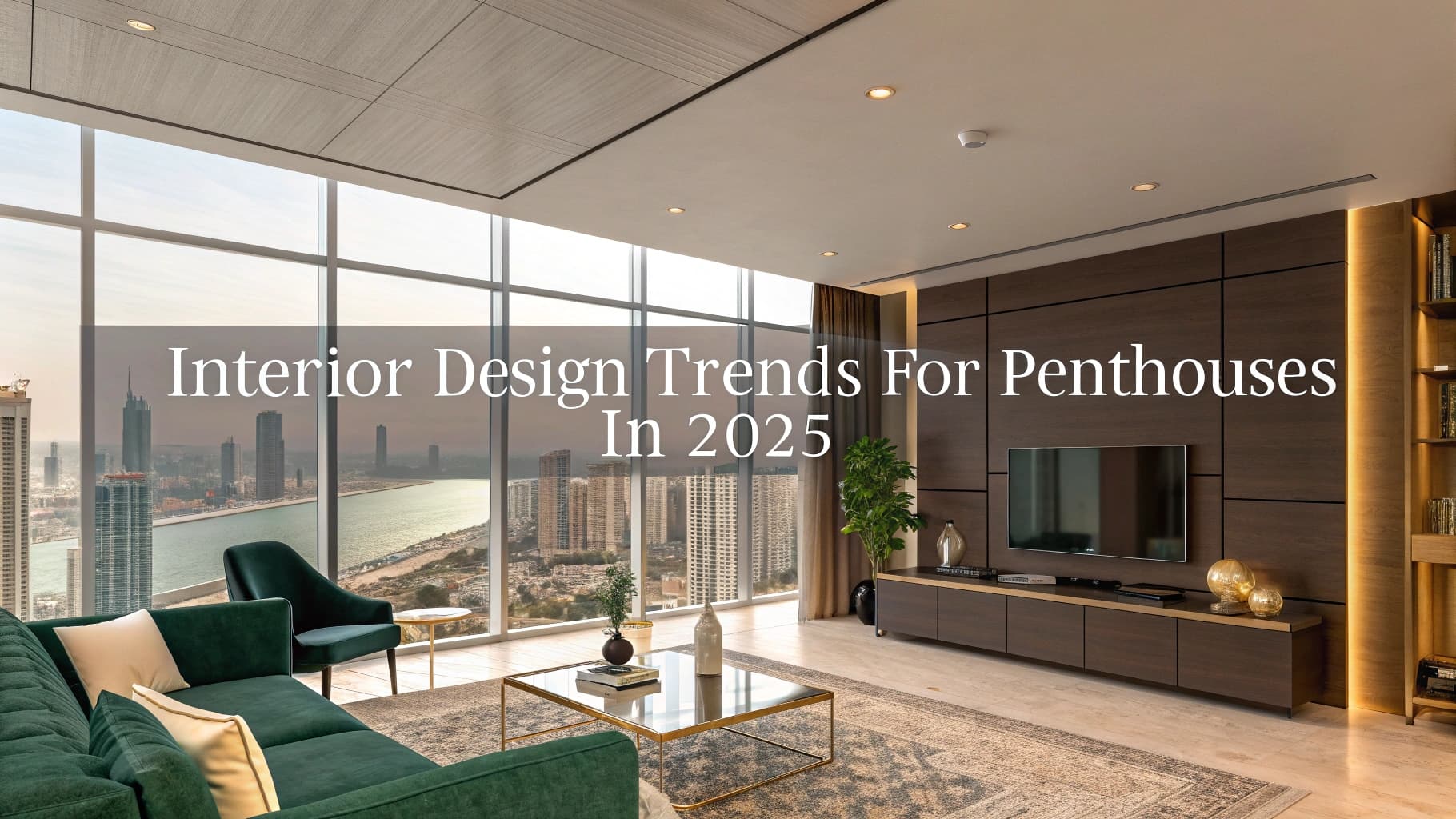In recent years, I have become increasingly aware of the importance of sustainable and eco-friendly design in our living spaces. As I navigate through the complexities of modern life, I find myself drawn to materials and practices that not only enhance the beauty of my home but also contribute positively to the environment. Sustainable design is not merely a trend; it is a necessity that reflects a growing consciousness about our planet’s health.
By choosing eco-friendly materials such as reclaimed wood, bamboo, and recycled metals, I can create a space that resonates with my values while minimizing my carbon footprint. Moreover, I have discovered that sustainable design goes beyond just materials. It encompasses energy-efficient appliances, proper insulation, and the use of natural light to reduce reliance on artificial lighting.
I have made it a point to incorporate large windows and skylights into my home, allowing sunlight to flood in and create a warm, inviting atmosphere. This not only reduces energy consumption but also enhances my mood and well-being. By embracing sustainable practices, I feel empowered to make choices that reflect my commitment to the environment while creating a beautiful and functional living space.
Smart Home Technology Integration
Enhancing Daily Life
From smart thermostats that learn my heating preferences to automated lighting systems that adjust based on the time of day, I have come to appreciate how these technologies can enhance my daily life.
Convenience and Security
The ability to control various aspects of my home from my smartphone or through voice commands has transformed the way I interact with my living space. Additionally, I have discovered that smart home technology can significantly improve security and energy management. With smart cameras and doorbells, I can monitor my home from anywhere, providing me with peace of mind when I’m away.
Sustainability and Energy Efficiency
Energy management systems allow me to track my usage patterns and make adjustments to save on utility bills. This integration of technology not only simplifies my life but also aligns with my desire for a more sustainable lifestyle. By optimizing energy consumption and enhancing security, smart home technology has become an essential component of my modern living experience.
Minimalist and Contemporary Aesthetics
In my quest for a harmonious living space, I have gravitated towards minimalist and contemporary aesthetics. The clean lines, uncluttered spaces, and neutral color palettes resonate deeply with me, creating an atmosphere of tranquility and focus. I have learned that minimalism is not just about reducing physical possessions; it is about cultivating a mindset that values simplicity and intentionality.
By carefully curating the items in my home, I can create a space that feels open and inviting while reflecting my personal style. Contemporary design elements further enhance this aesthetic by incorporating innovative materials and bold shapes. I find joy in selecting furniture pieces that are not only functional but also serve as works of art in their own right.
The interplay of textures and finishes adds depth to my space, making it visually engaging without overwhelming the senses. Embracing minimalism and contemporary design has allowed me to create a sanctuary where I can unwind and recharge, free from the distractions of excess clutter.
Multifunctional and Versatile Furniture
As I navigate the challenges of modern living, I have come to appreciate the value of multifunctional and versatile furniture. In an age where space is often at a premium, having furniture that serves multiple purposes is not just practical; it is essential. I have invested in pieces that can adapt to my needs, such as a sofa bed for guests or an extendable dining table for entertaining friends.
This flexibility allows me to maximize my living space while ensuring that it remains functional and stylish. Moreover, multifunctional furniture encourages creativity in how I arrange and utilize my space. I enjoy experimenting with different layouts and configurations, discovering new ways to make the most of each room.
For instance, a coffee table with hidden storage can help me keep my living area tidy while providing a stylish focal point. By embracing versatile furniture options, I can create an environment that evolves with me, accommodating both my daily routines and special occasions.
Biophilic Design and Indoor Gardens
The concept of biophilic design has captivated me as I seek to bring nature into my home. This design philosophy emphasizes the connection between humans and nature, promoting well-being through natural elements. I have found immense joy in incorporating indoor plants into my living space, creating a vibrant atmosphere that breathes life into every corner.
From lush ferns to flowering succulents, these plants not only enhance the aesthetic appeal of my home but also improve air quality and promote relaxation. Creating indoor gardens has become a cherished hobby for me. I enjoy experimenting with different plant arrangements and exploring various gardening techniques, such as vertical gardens or terrariums.
The act of nurturing these plants brings me a sense of fulfillment and connection to nature, even within the confines of my home. By embracing biophilic design principles, I have transformed my living space into a sanctuary that fosters tranquility and rejuvenation, reminding me of the beauty of the natural world.
Luxurious Materials and Finishes
In my pursuit of creating a refined living environment, I have developed an appreciation for luxurious materials and finishes. The tactile experience of high-quality materials elevates the overall ambiance of my home, making it feel both sophisticated and inviting. From sumptuous fabrics like velvet and silk to elegant finishes such as marble and brass, these elements add depth and character to my space.
I find that investing in quality materials not only enhances aesthetics but also contributes to the longevity of my furnishings. Furthermore, the careful selection of finishes allows me to express my personal style while creating a cohesive look throughout my home. Whether it’s the gleam of polished wood or the warmth of brushed metal accents, each detail plays a crucial role in shaping the overall atmosphere.
By incorporating luxurious materials into my design choices, I create an environment that feels indulgent yet comfortable—a perfect balance that reflects who I am.
Customized and Personalized Spaces
One of the most rewarding aspects of designing my home has been the opportunity to create customized and personalized spaces that truly reflect my identity. Each room tells a story, showcasing elements that resonate with my experiences and interests. From selecting artwork that inspires me to choosing colors that evoke specific emotions, every decision contributes to a sense of belonging within my space.
Personalization transforms a house into a home, infusing it with character and warmth. I have also embraced the idea of bespoke furniture pieces tailored to my needs. Collaborating with local artisans or designers allows me to create unique items that fit seamlessly into my vision for each room.
Whether it’s a custom bookshelf designed to house my extensive collection or a handcrafted dining table made from reclaimed wood, these personalized touches make my home feel truly one-of-a-kind. By prioritizing customization in my design process, I cultivate an environment that celebrates individuality while providing comfort and functionality.
Open Floor Plans and Seamless Indoor-Outdoor Transitions
The concept of open floor plans has revolutionized the way I perceive space within my home. The absence of walls creates an expansive feeling that encourages flow and connectivity between different areas. I appreciate how this layout fosters interaction among family members and guests, making gatherings more enjoyable and inclusive.
The open design allows natural light to permeate throughout the space, enhancing its overall brightness and warmth. Additionally, I have embraced seamless indoor-outdoor transitions as a way to blur the lines between my living environment and nature. Large sliding glass doors or bi-fold windows enable me to effortlessly connect with outdoor spaces, whether it’s a patio or garden area.
This integration not only expands my usable square footage but also invites fresh air and natural beauty into my home. By prioritizing open floor plans and seamless transitions, I create an inviting atmosphere that encourages relaxation and connection with both loved ones and nature alike. In conclusion, as I reflect on the various elements that shape my living space—from sustainable design practices to personalized touches—I realize how each aspect contributes to creating a home that resonates with who I am.
By embracing modern trends while staying true to my values, I cultivate an environment that nurtures both comfort and creativity. My journey in designing this space has been transformative, allowing me to express myself fully while fostering connections with nature and those around me.
FAQs
What are the current interior design trends for penthouses in 2025?
In 2025, the interior design trends for penthouses include a focus on sustainable and eco-friendly materials, smart home technology integration, open floor plans, and a mix of modern and traditional design elements.
What sustainable and eco-friendly materials are popular in penthouse interior design?
Popular sustainable and eco-friendly materials in penthouse interior design include reclaimed wood, bamboo, cork, recycled glass, and natural stone. These materials are not only environmentally friendly but also add a touch of luxury to the space.
How is smart home technology being integrated into penthouse interior design?
Smart home technology is being integrated into penthouse interior design through features such as automated lighting and climate control systems, voice-activated assistants, smart appliances, and security systems. These technologies offer convenience, energy efficiency, and a modern touch to penthouse living.
What is the current trend in open floor plans for penthouse interiors?
The current trend in open floor plans for penthouse interiors involves creating a seamless flow between the living, dining, and kitchen areas. This design concept allows for a spacious and airy feel, perfect for entertaining and enjoying panoramic views from the penthouse.
How are modern and traditional design elements being combined in penthouse interiors?
In 2025, penthouse interiors are combining modern and traditional design elements by incorporating sleek, minimalist furniture and fixtures with classic architectural details and luxurious finishes. This blend creates a timeless and sophisticated aesthetic in penthouse living spaces.

